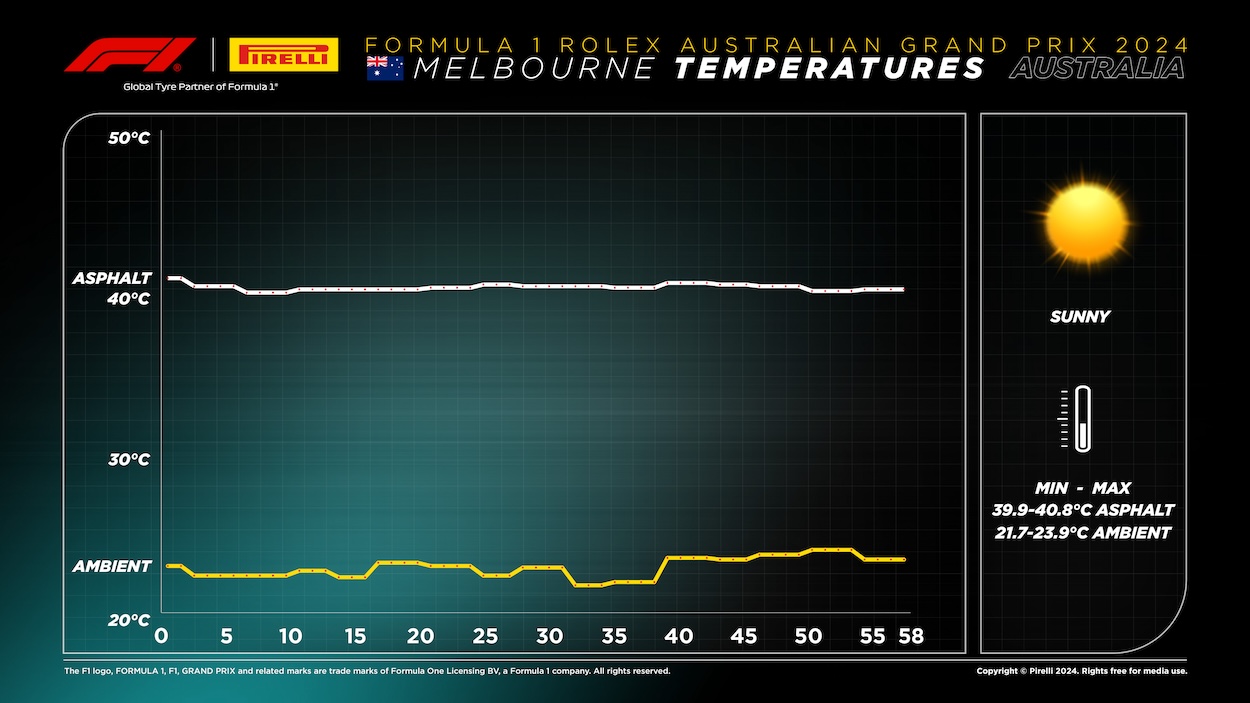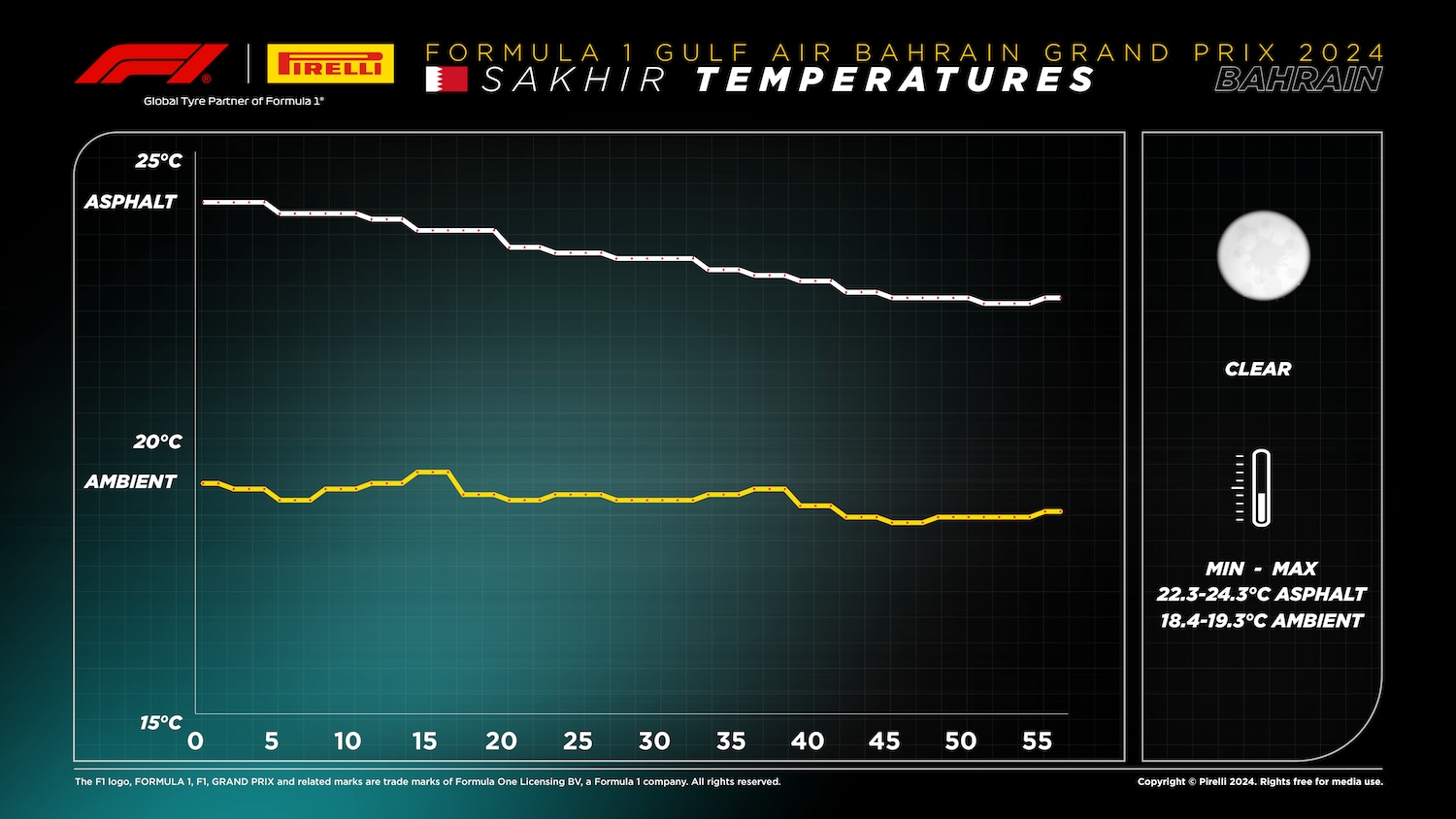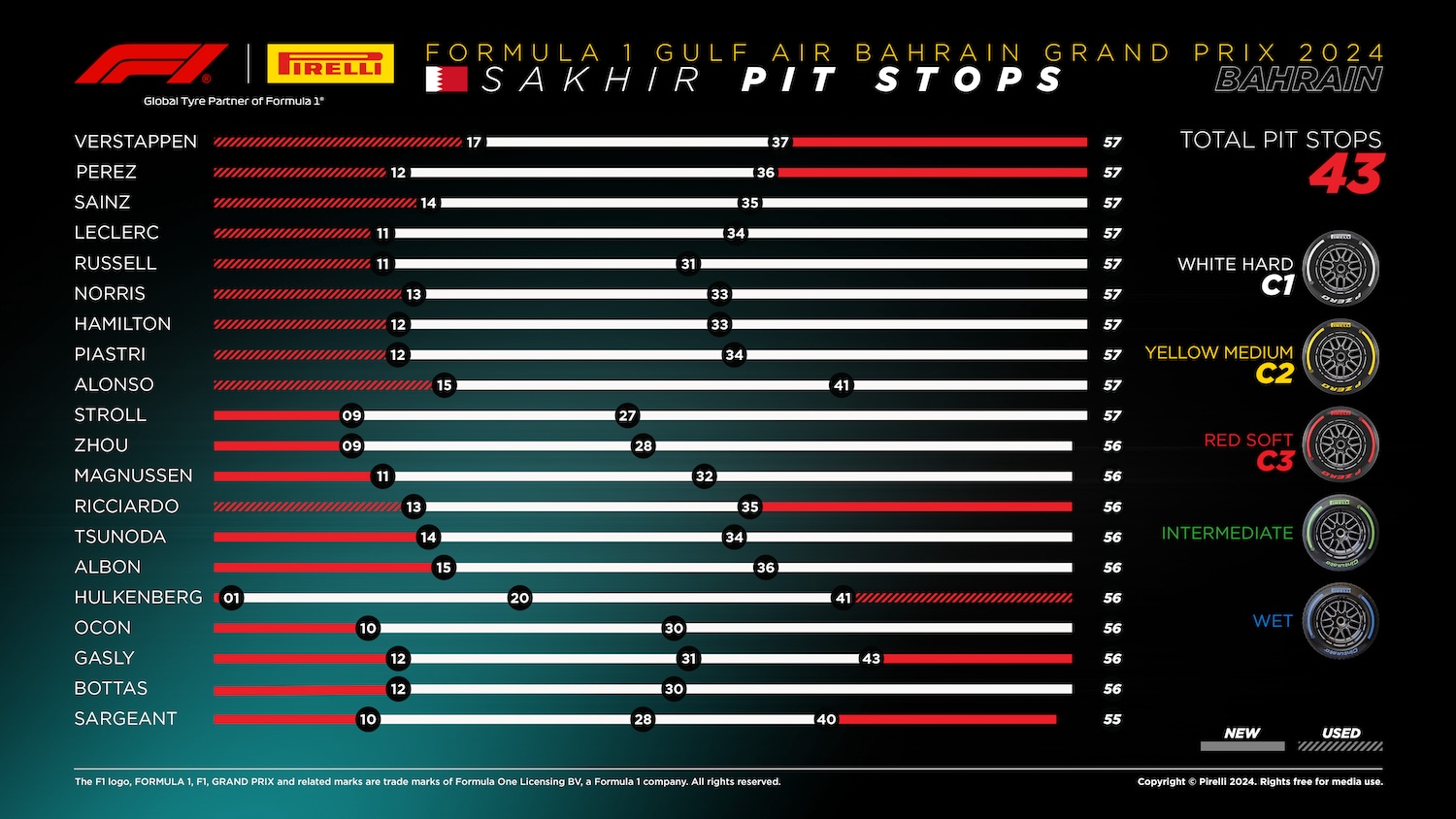Share Tweet Share reddit Email
It’s an unfortunate truth that car crashes remain a significant concern, with millions of incidents occurring on the roads each year. While we can’t predict or prevent every collision, understanding the root causes allows us to better equip ourselves with knowledge that could potentially save lives. From the more visible issues such as distracted driving to the less commonly discussed factors like weather-related conditions, we’re taking a deep dive into the six most prevalent causes of car accidents. Each one not only explores the statistics but also offers actionable insights to help you stay safe behind the wheel.
Uninsured Motorists
A silent and often overlooked factor in car crashes is the increasing number of uninsured motorists. In the US alone, roughly one in eight drivers are uninsured, yet the stats aren’t just a stateside issue. Globally, the lack of insurance contributes to the financial burden on victims and their families in the aftermath of a collision. Hiring lawyers for automobile accidents is one avenue for seeking compensation, but there are proactive steps every driver can take to protect themselves. The steps go from understanding their coverage to pushing for policy or legislative changes that can affect the greater community.
Distracted Driving
The National Highway Traffic Safety Administration highlights a grim reality, with approximately 9 people losing their lives and over 1,000 sustaining injuries every day in the United States due to incidents involving distractions. The proliferation of smartphones, alongside an array of in-car technologies, exacerbates this issue, pulling drivers’ focus away from the task at hand. Legislative measures have been introduced to curb cell phone use while driving, yet the true challenge lies in effective enforcement and widespread educational campaigns to shift driver behaviours. Adopting hands-free devices can mitigate some risks, but it’s crucial to understand that they do not eliminate the cognitive distraction resulting from engaging in conversations. Beyond technology, distractions also encompass eating, adjusting the radio, and other seemingly harmless actions that can have fatal consequences. Strengthening public awareness and fostering a culture of responsibility on the roads are essential steps towards combating the distracted driving epidemic. It’s imperative to recognize the role of individual accountability in ensuring safety, not only for oneself but for all road users.
Impaired Driving
Despite decades of public awareness campaigns and stricter DUI laws, impaired driving, whether by alcohol, drugs, or prescription medications, is still a leading cause of car crashes. Efforts to change public perception and behaviour continue, with the focus shifting towards not just the legal consequences but also the preventive efforts such as designated driver services and the promotion of alternative transportation methods in social settings where consumption is common.
Speeding and Aggressive Driving
The need for speed and aggressive behaviour on the road isn’t just confined to action movies; they’re dangerous realities. Speeding, tailgating, and erratic lane changes dramatically increase the risk of accidents. The NHTSA reports that speeding was a factor in approximately one-third of all traffic fatalities over the past two decades. Combatting these behaviours is a multi-faceted approach, from stricter enforcement through speed cameras and fines to public awareness campaigns highlighting the dangers and consequences of aggressive driving.









